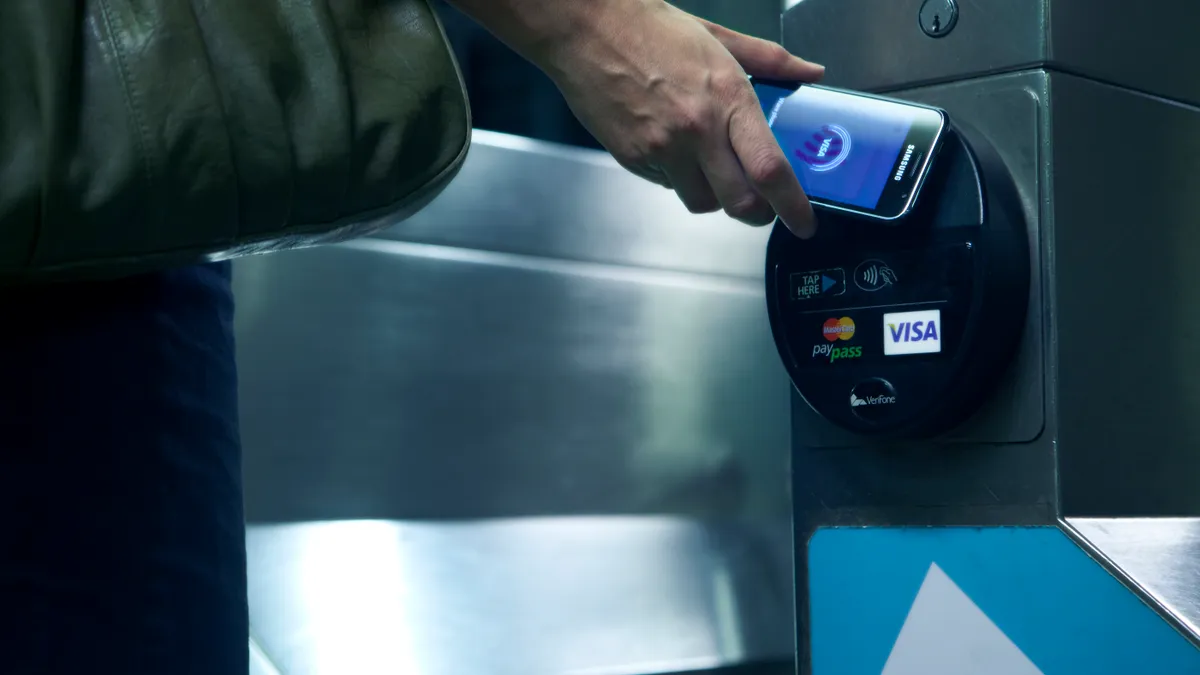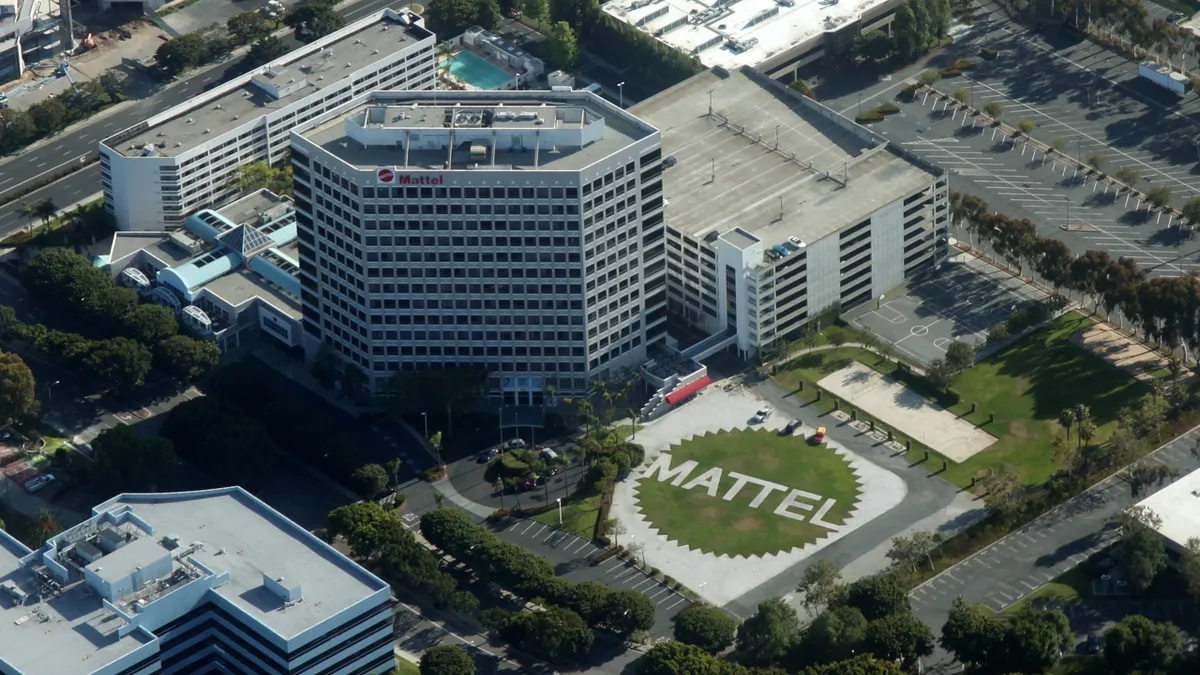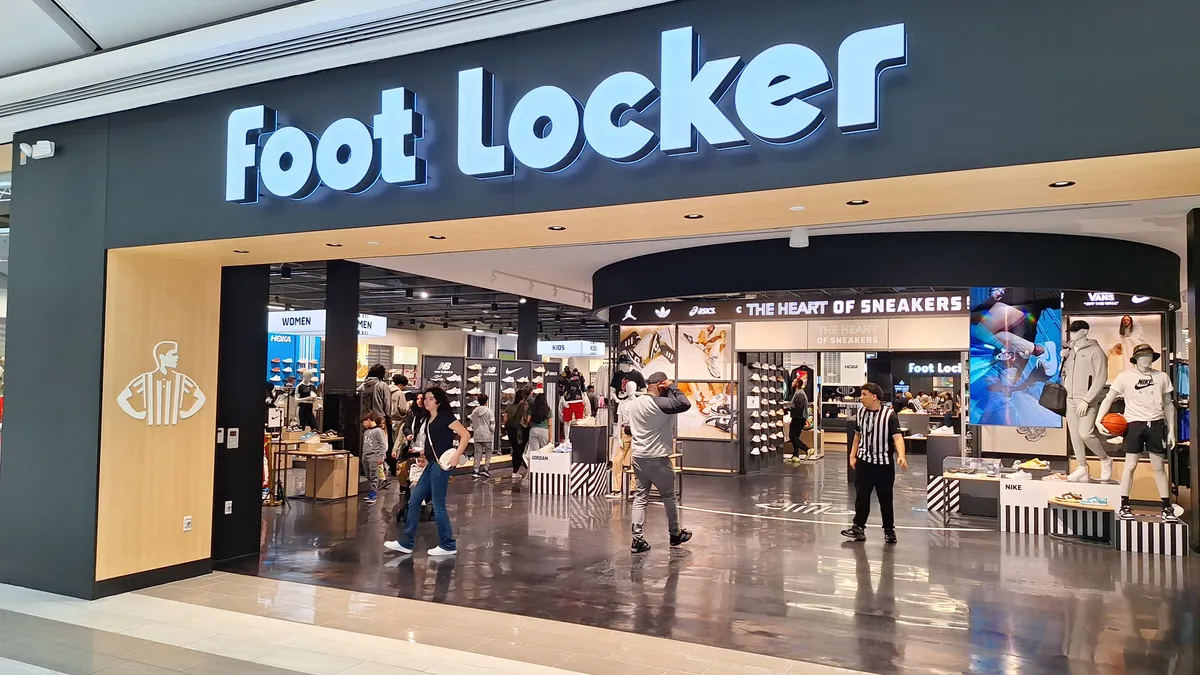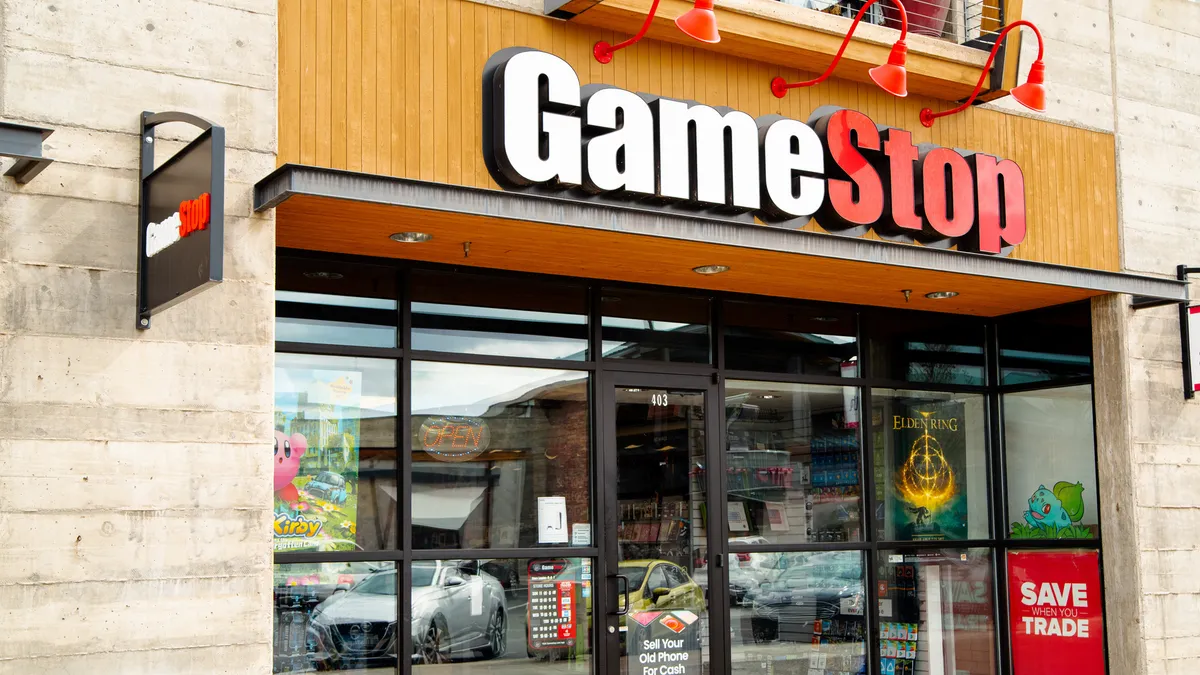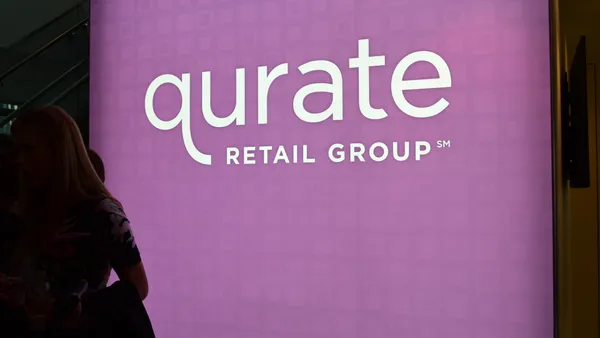Market research predicts mobile payments will grow in 2016; but will it become the norm for consumers to grab their phone instead of their wallet next year?
Not yet. Industry analysts are somewhat split on how mobile payments will play out in 2016, with some remaining skeptical of their ability to change consumer behavior. Others predict expansion while acknowledging such growth barely scratches the surface of the overall payments industry.
A few things are clear — in order to be successful, mobile payment apps need to be easy — really easy — to use, and there needs to be some incentive for consumers to forgo their usual payment methods.
“The big thing for consumers is always going to be — make it easy,” said James Dion, owner of Chicago-based retail consulting firm Dionco Inc. “Make it a no brainer so I don’t need to think about it.”
Fast growth, small dent
Market research firm eMarketer projects the transaction value of proximity mobile payments to grow about 210% in 2016 to more than $27 billion. The number of users is expected to increase about 62% in 2016 to 37.5 million people.
The firm defines proximity mobile payments as “point-of-sale transactions that use mobile phones as a payment method, via tapping, waving and similar functionality.” Apple Pay, Android Pay, and Samsung Pay fall into this category, but more recently announced Chase Pay and Walmart Pay use codes to be scanned at the point of sale.
While the eMarketer data represents rapid growth, it will barely make a dent in the trillions of dollars in U.S. credit card transactions, notes eMarketer analyst Bryan Yeager. Consumers have grown too accustomed over the last several decades to swiping their credit or debit card.
“For any company — Apple, Google, Samsung, whomever — to be able to change that behavior, that’s a long game that they’re going to have to play,” Yeager said.
Creating demand
Mobile payment providers are doing a variety of things to gain more users. They’re using advertising, promotions, partnerships with retailers, and integration with loyalty programs. The mobile wallet also is becoming a standard feature on most new smartphones.
“You’ve got all these building blocks that are coming into play,” Yeager said.
The flood of providers, ranging from mobile phone brands to retailers and banks, can be both beneficial and harmful. It helps in that there are more options for consumers, but it also can cause confusion, he said.
“There’s some uncertainty in the market as well, and that’s why we’re not even more aggressive as to the growth in mobile payments,” he said. “It’ll take some time for these different platforms to shake out, for consumers to show their preference of how they want to pay, and just getting used to using proximity payments, having a reason for it as well.”
The Starbucks standard
Starbucks is a prime example of a mobile payment system making it work. More than 20% of the company’s in-store transactions use the mobile app for payment. It works in a closed-loop system with a barcode that’s essentially a virtual gift card. Using the app has become a habit for loyal customers who stop for their daily caffeine fix.
“They’ve proven it can be done,” Yeager said. “But they’ve also incented their customers and they’ve given a really great experience. And that’s the one thing that’s really the key to unlocking more consumers in terms of using mobile payments.”
Dion, the retail consultant, uses the Starbucks app to make purchases every day. He says it’s easy to auto reload and quick for him to pull out his phone at the point-of-sale.
“If I could pay at a whole bunch of other stores just using my Starbucks (app), I would,” he said.
But Dion isn’t as enthusiastic about other mobile payment apps, like Apple Pay, Android Pay, Samsung Pay, and others. Apple Pay, he said, was a “huge ho-hum.”
Retail consultant Erin Armendinger isn’t bullish on mobile pay either.
“That's a really tough one — so, so many have tried all the way back to Speedpass,” she said in an email to Retail Dive. “I'm not making a prediction on that one. Consumers are so cautious and worried (probably rightfully so) about security. It has to be something easy and safe.”
CurrentC question
Another unknown is how CurrentC will play out. Billed as an Apple Pay rival, CurrentC is a long-awaited mobile payment app from a consortium of major retailers. Wal-Mart, one of the key partners on the project, recently announced it was launching its own payment app, although Wal-Mart executives said they were still excited about the CurrentC program, according to the Associated Press.
Yeager predicts CurrentC will make its official debut in 2016. He said will be the standalone CurrentC app along with retailers that integrate that type of capability into their own branded apps. They’re going to need a huge marketing campaign along with well-trained staff and incentives to use that app over other payment options, he said.
He expects these things to materialize in the coming year. CurrentC’s success depends partially on consumers and partially on retailers to convince their customers to use the app, he said.
“I think what you’ll see in 2016 is more thoughtfulness and a lot more announcements around building that shopping experience around mobile payments to convince people to use them, but also to really add value to that shopping experience,” he said.


